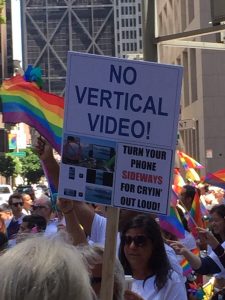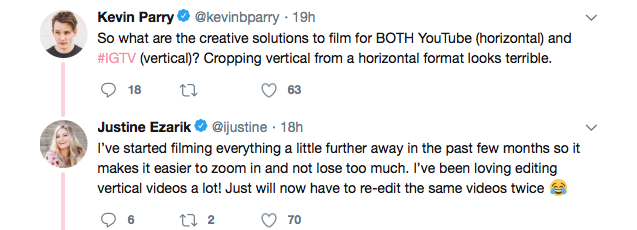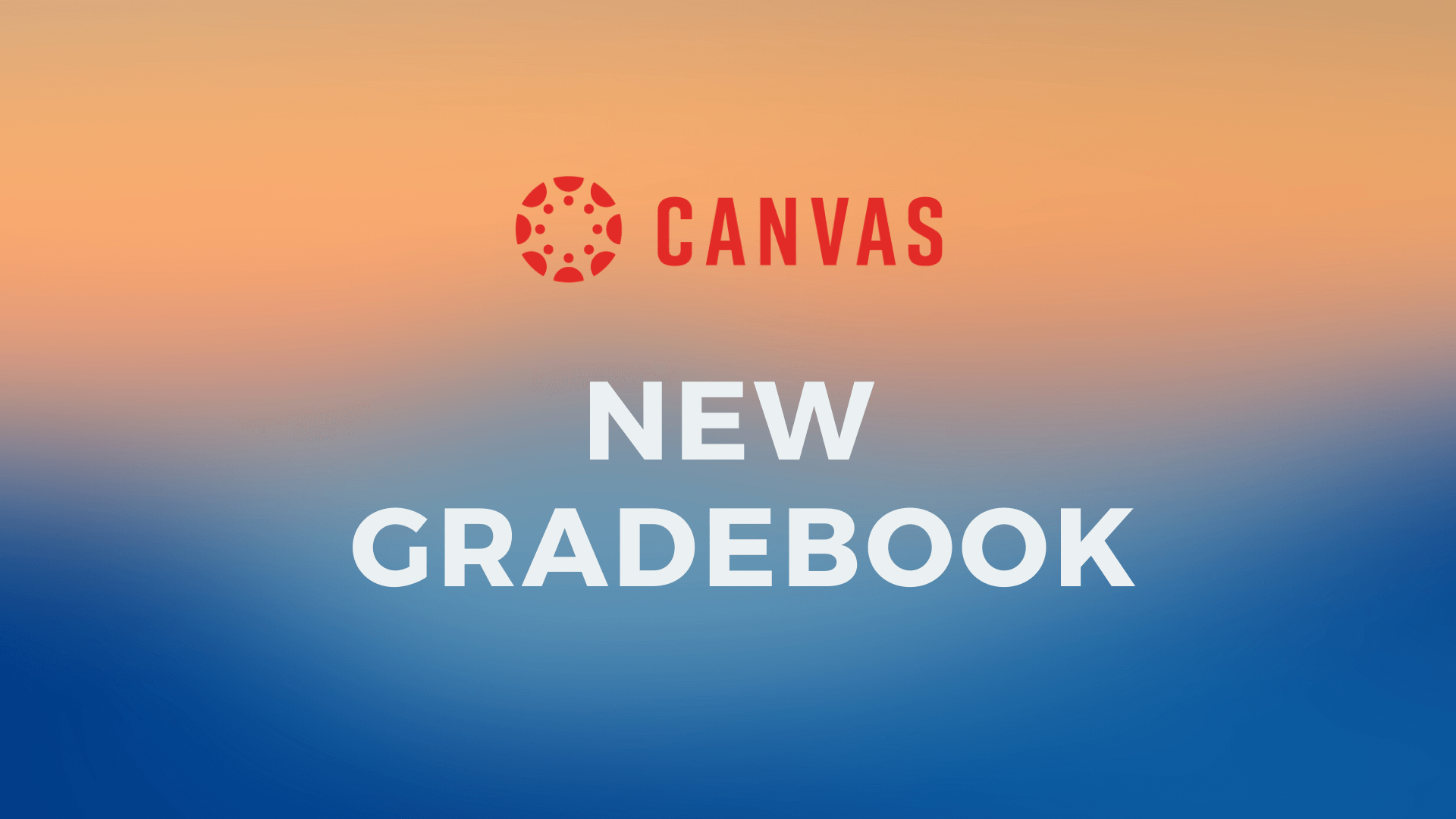
Content Wars: Vertical Video
There’s a new war raging in content creation, and it has caused a bigger divide than the switch from square to widescreen TVs in the early 2000s: Vertical Video! For educational video content this may not seem important, but with a publishing giant like Facebook choosing to back the medium exclusively you can no longer consider it an awkward seldom-used medium.
Those that are classically trained to produce any type of moving content abide by the notion that because the human eyes sit one next to the other horizontally, we view the world in ‘wide screen’. So, the likes of video and animation should mirror this. But since the inception of the smartphone, more and more content has seeped into our streams, feeds, news broadcasts and in front of our eyes in portrait or a vertical fashion. The simple reason is that the smartphone was made to be held in one hand to capture and consume content. The average content professional has tried multiple methods to combat this, after all the main consumption device for so long was a TV or computer screen, built for traditional widescreen video. It is however estimated that by 2020, 50 percent of content consumption will occur on a mobile (natively vertical) device, and with the launch of vertical-video-exclusive Instagram TV it’s easy to see why we might be seeing vertical video becoming mainstream.


There are some amongst us who aren’t happy with the move.
The Facebook-owned Instagram has launched its own video platform that aims to sit somewhere between YouTube and Snapchat. IGTV is taking a (relatively safe) gamble that their audiences want to watch user-generated vertical content that can last up to 60 minutes. On paper, IGTV seems like a logical step, with Snapchat attracting 30-50 million eyeballs a month with their vertical video ‘shows’, and with Instagram’s audience share it makes perfect sense. But more importantly, IGTV is exclusively allowing vertical video, and it is a mobile first (and only) platform. Some of the traditionalist are seeing this as a barrier to entry but there are those who will take the platform and run with it.

Popular online personality Justine Erazek has her own solution for vertical video
There is a big paradigm shift in how content is captured and presented; one that hasn’t really been changed since the Lumiere Brothers first presented ‘The Arrival of the Mail Train’ in 1896. All of a sudden, the once frowned-upon vertical video is going to be considered practically conventional. Younger audiences who are consuming content at a rapid pace will be more accustomed and even expect an offering of vertical video content. So, when making content for an educational platform, what are the options, how do you make sure your content is made properly for the medium, do you lean into the new world of vertical video or stay with the traditional horizontal format?
As always, it’s important to remember that regardless of how you capture your content, what is still the most important is what your content is. It’s still the King and whether it’s presented in a vertical, horizontal or diagonal way if the content is poor it’s not going to be watched at all!
Sahil Patel, With IGTV, Instagram is betting that people want longer vertical videos, viewed 20 June 2018, https://digiday.com/media/instagrams-new-video-hub-wants-to-mix-youtube-with-snapchat/
Press Release, TV in 2020: 50 Percent of viewing will be mobile, viewed 20 June 2018,https://www.ericsson.com/en/press-releases/2017/10/tv-in-2020-50-percent-of-viewing-will-be-mobile
Statista, Number of smart phone users worldwide from 2014 to 2020 (in billions), viewed 20 June 2018, https://www.statista.com/statistics/330695/number-of-smartphone-users-worldwide/



